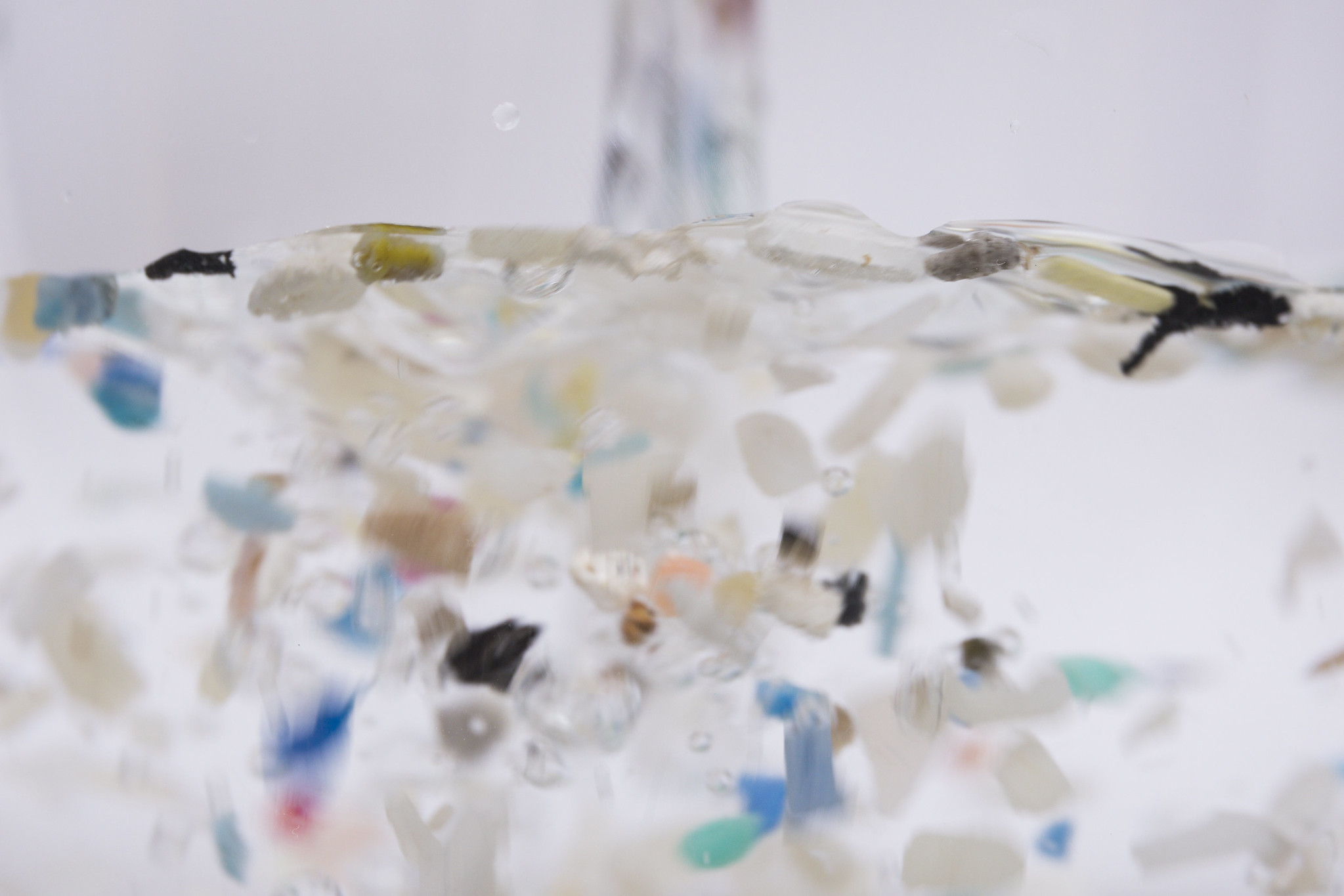Excerpt:
Researchers say the U.N.’s global plastics treaty must reduce production and protect public health.
If you were to create a recipe for plastics, you’d need a very big cookbook. In addition to fossil fuel-based building blocks like ethylene and propylene, this ubiquitous material is made from a dizzying amalgam of more than 16,000 chemicals — colorants, flame retardants, stabilizers, lubricants, plasticizers, and other substances, many of whose exact functions, structures, and toxicity are poorly understood.
What is known presents many reasons for concern. Scientists know, for example, that at least 3,200 plastic chemicals pose risks to human health or the environment. They know that most of these compounds can leach into food and beverages, and that they cost the U.S. more than $900 billion in health expenses annually. Yet only 6 percent of plastic chemicals — which can account for up to 70 percent of a product’s weight — are subject to international regulations.
Over the past few months, a flurry of studies and reports have highlighted one group of substances as particularly problematic: “endocrine-disrupting chemicals,” or EDCs. These chemicals, released at every stage of the plastic life cycle, mimic hormones and interfere with the metabolic and reproductive systems. They were recently found in samples of plastic food packaging from around the world, and a study published last month linked them to 20 percent the United States’ preterm births.
The unchecked production, distribution, and disposal of plastics and other petrochemical-based products has led to “a perpetual cycle of human exposure to EDCs from contaminated air, food, drinking water, and soil,” Tracey Woodruff, a professor of reproductive sciences at the University of California, San Francisco, wrote in the New England Journal of Medicine earlier this month. Philip Landrigan, a public health physician and professor of epidemiology at Boston College, told Grist that the crisis has “quietly and insidiously gotten worse while all attention has been focused on the climate…”









